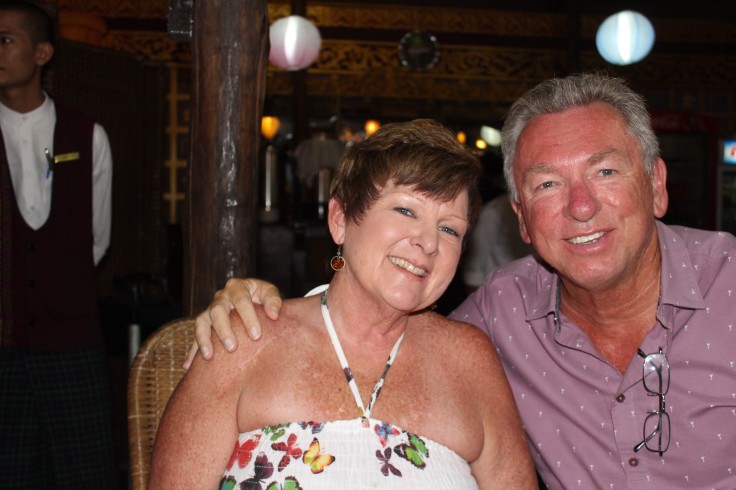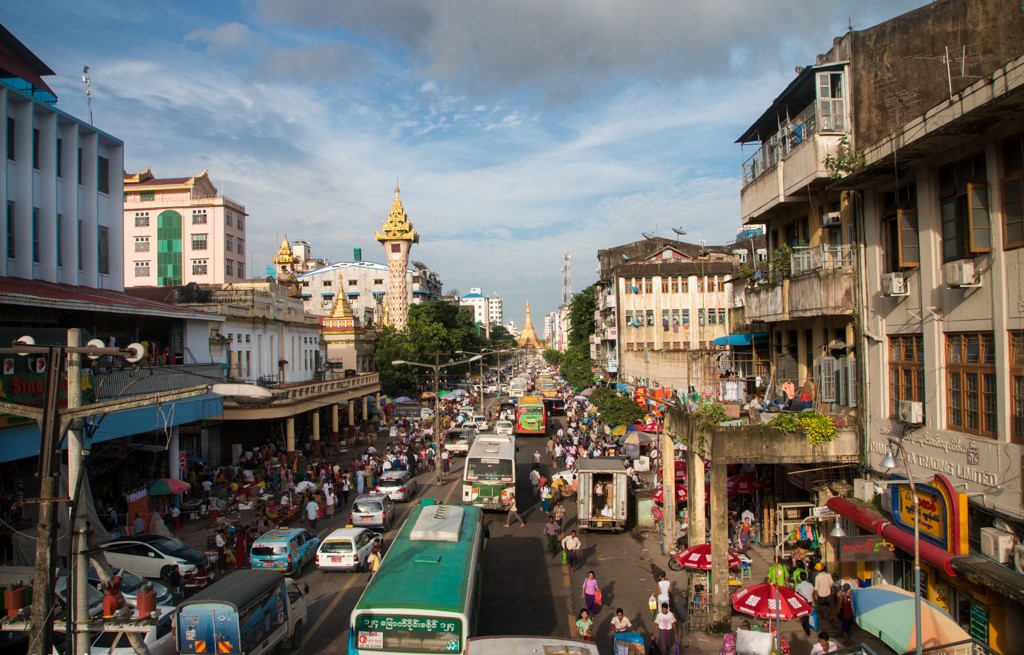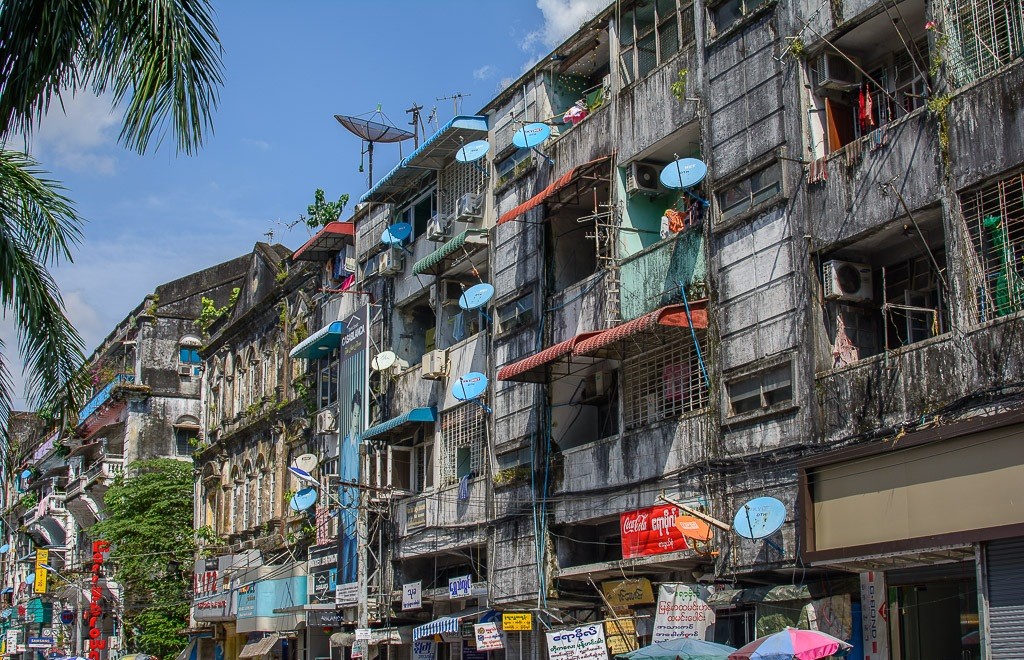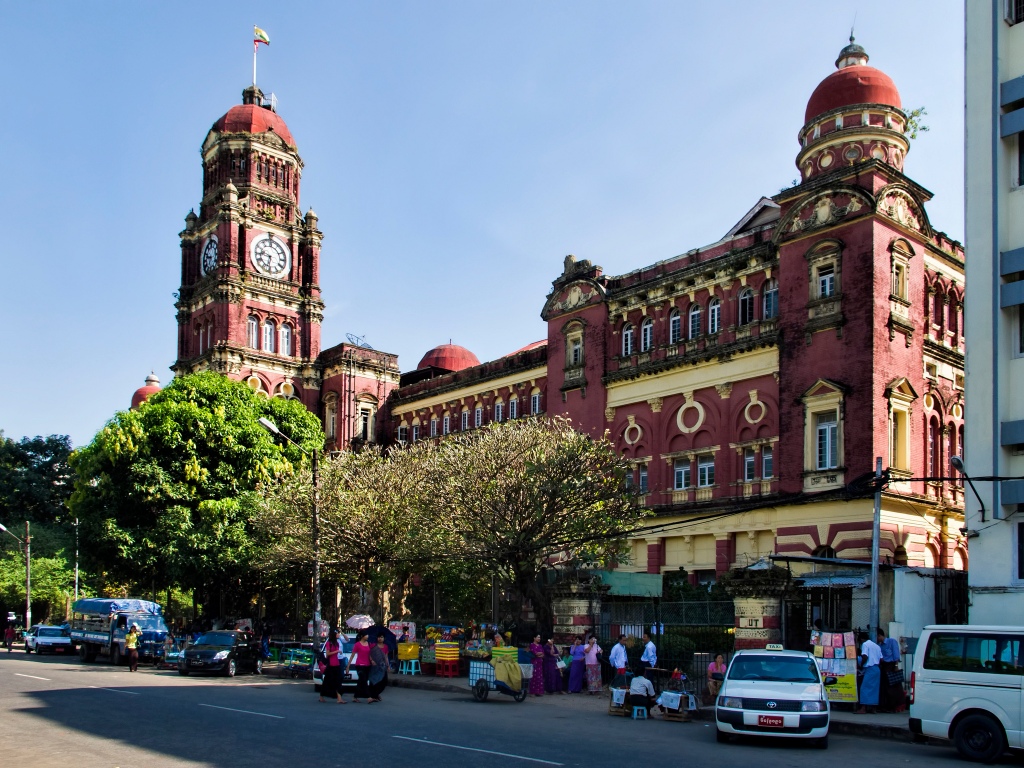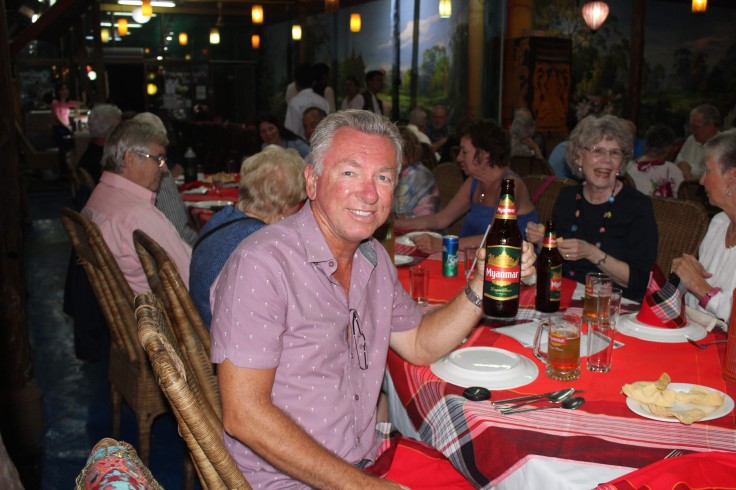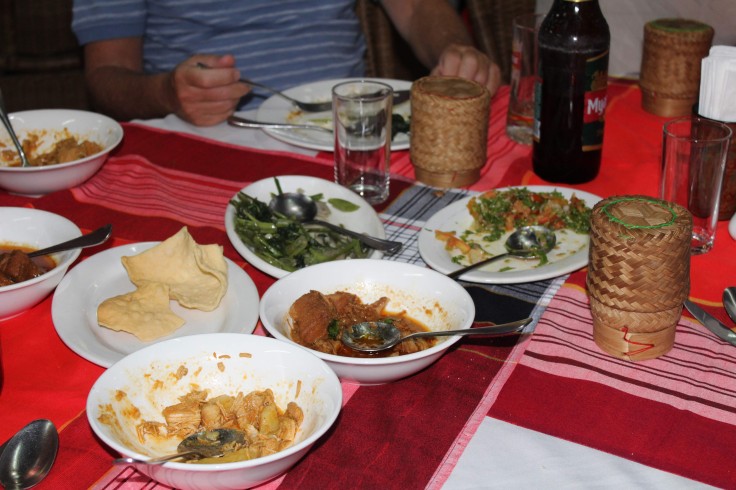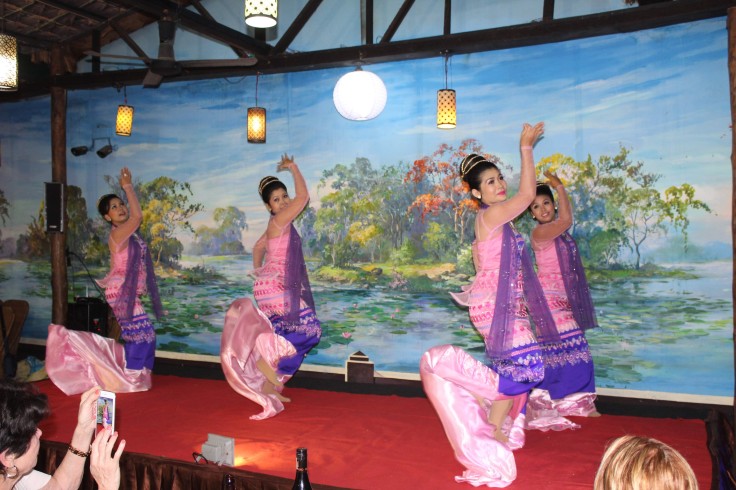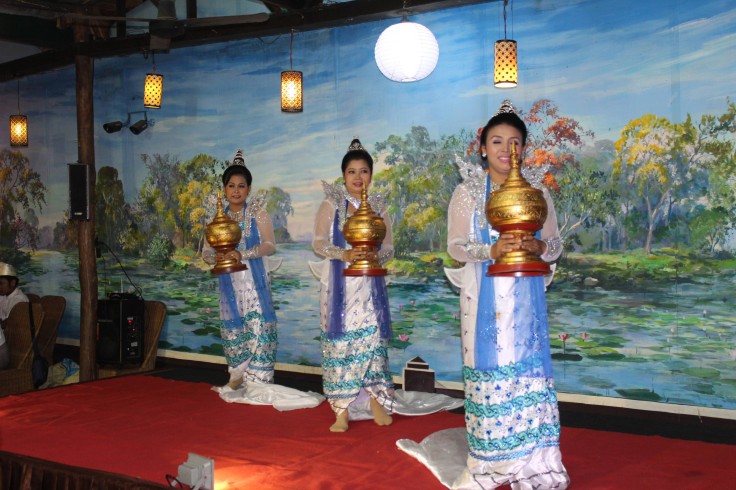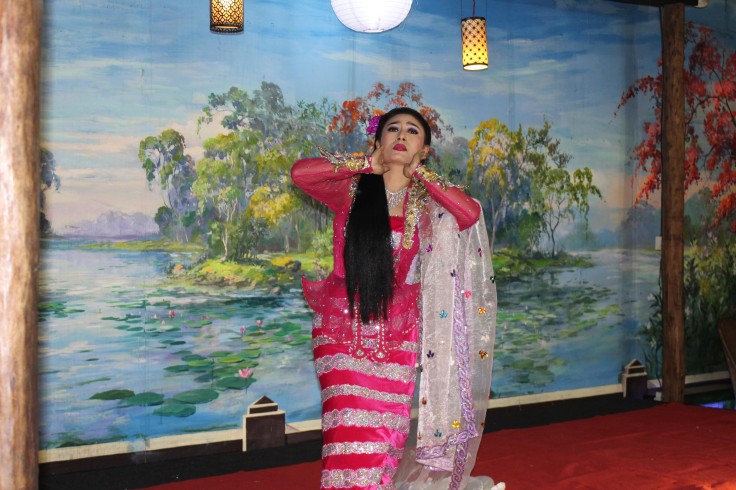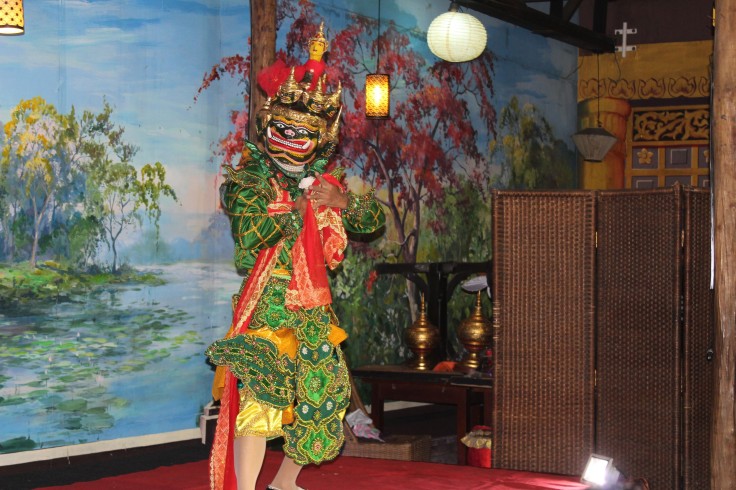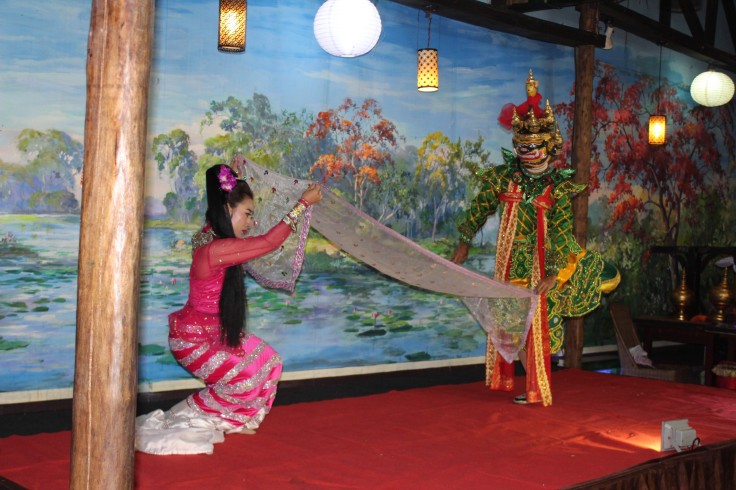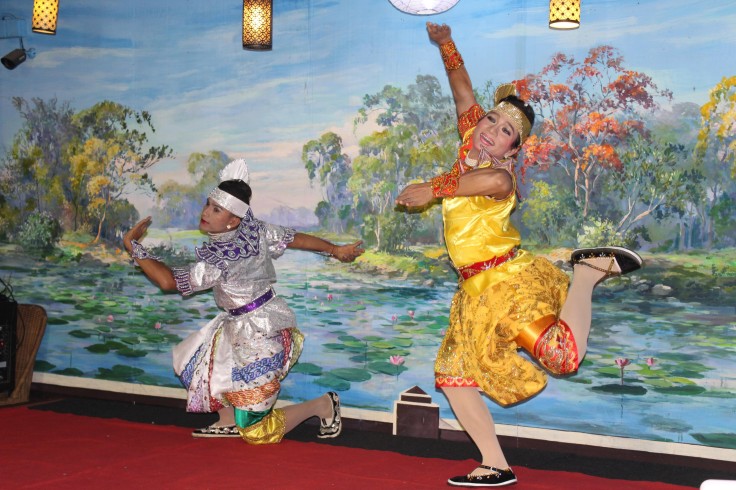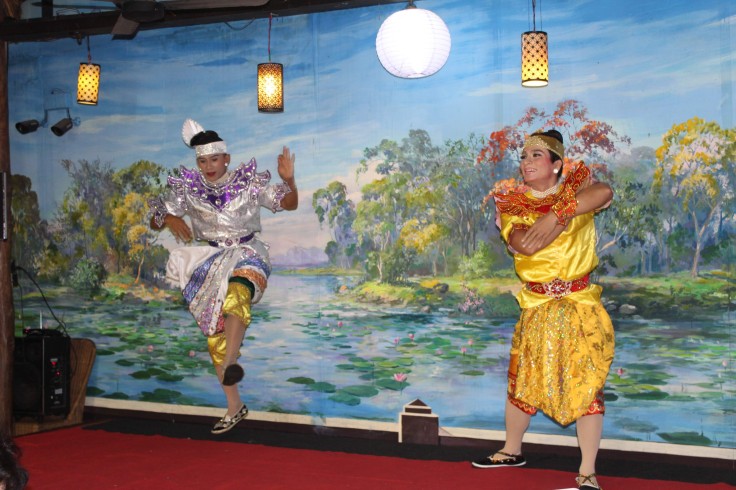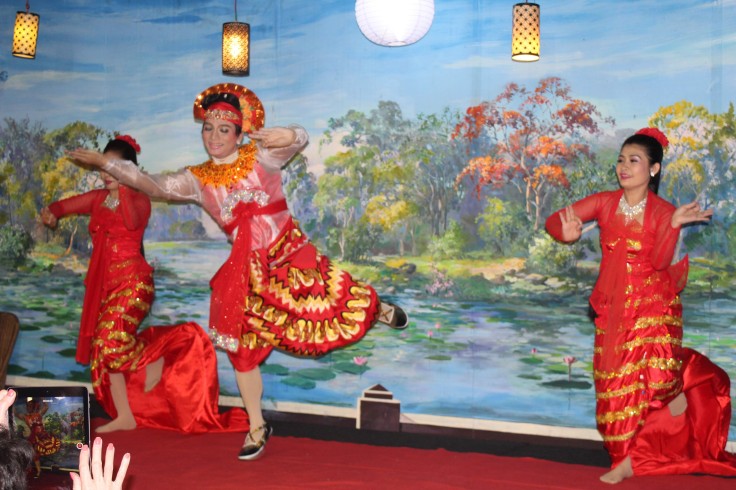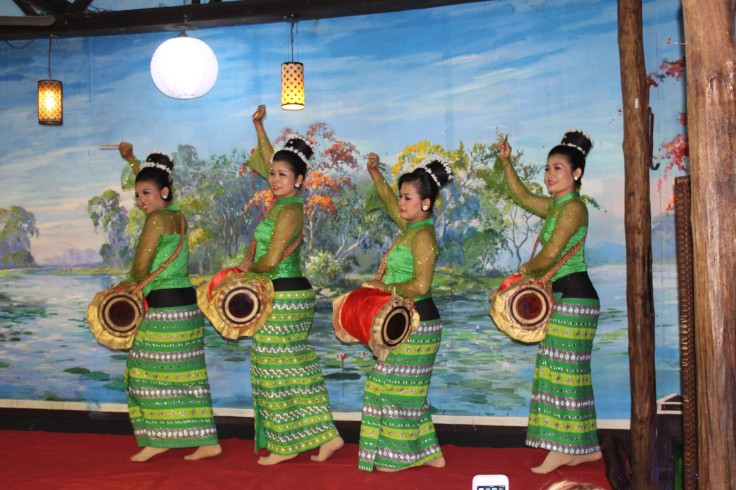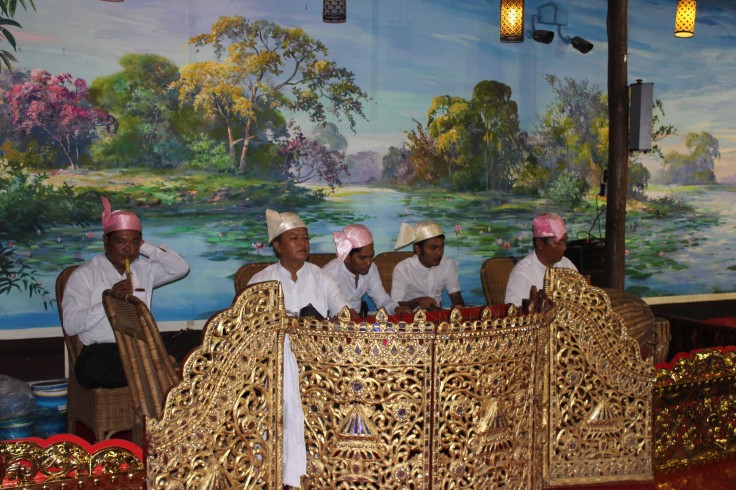A nation of more than 100 ethnic groups, Myanmar has struggled with Civil war for most of its years of independence. It has been under direct or indirect military rule since 1962. Between 1962 and 1974 it was ruled by a revolutionary council that brought almost all areas of society under government control. During this period Myanmar’s economy plummeted and it became one of the poorest countries in the world. The country’s first non-military president since 1962 was elected in 2016, and there are major efforts underway to improve life for the average citizen, but Yangon unemployment continues to be at 26%, the majority of the population has access to electricity only 6 hours a day, and there is an average of 50 children per classroom. Most children leave school around 3rd grade when they are old enough to get a job to help support the family, which leaves the area with a graduation rate of only 4%.
We wandered around the town a bit during the day, then enjoyed a cultural dinner and dance in the evening. Our traditional meal showcased the country’s most famous dishes – steamed rice, curried fish, beef and chicken, a light soup and vegetable soup topped off with watermelon. The cultural show involved music and dance. Myanmar dancing involves posturing of the hands, feet, hip and head. There are approximate 2,000 different ways to move during the performance, each of which may be connected to one of 13 movements of the head, 28 kinds of expressions with the eyes, 9 movements of the neck, 24 movements of each individual hand, 24 movements involving both hands, 38 movements of the leg, 5 different acrobatic movements, 8 ways of turning the body or 10 styles of walking. Whew! That’ a lot to remember!

